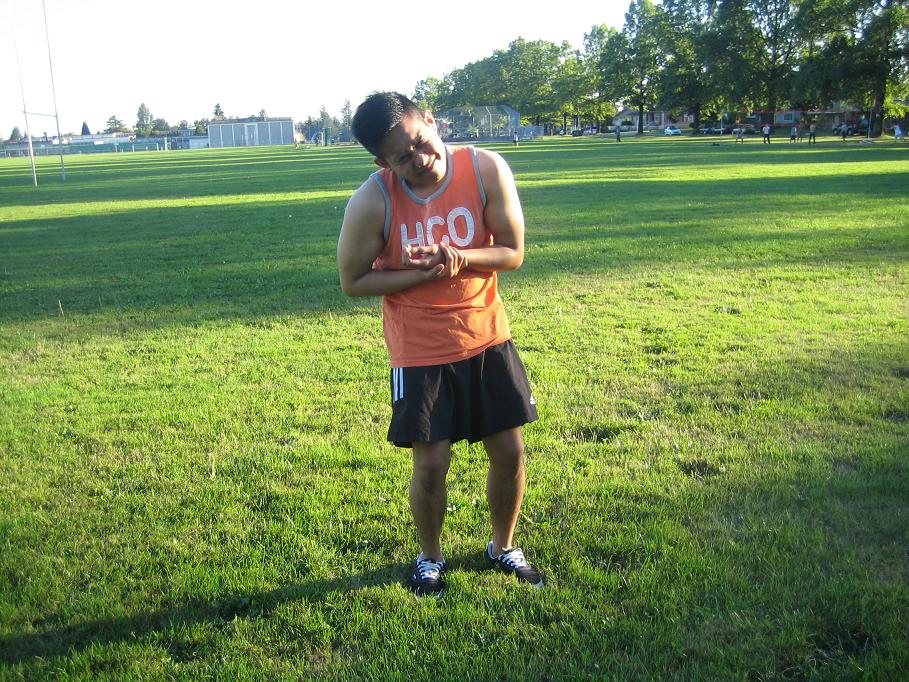An infected blister is filled with yellow or green pus and can be painful, red and hot. Generally, blisters are small bubbles or pockets filled with fluid that develops on the upper layers of the skin. Blisters can be caused by friction or rubbing, burns, cold, infection and exposure to chemicals and medications.
Indications of an infected blister
- Blisters are filled with cloudy yellow or green-tinged fluid
- The skin bordering the blister looks red
- Swelling and tenderness of the affected area.
- Reddish streaks from the blister
- Persistent drainage
- Severe pain around the blister
Swelling and tenderness of the affected area. - Fever
Treatment
- Drain the infected blisters to lessen the pain and relieve pressure.
- Before touching the blister, the hands should be cleaned properly to prevent spread of infection.
- Clean the blister and wipe the area around the blister with rubbing alcohol or an iodine solution to eliminate any bacteria on the skin.
- Disinfect a needle with iodine solution or rubbing alcohol or exposing it to a flame for at least a minute. Pierce the skin at the base of the blister by creating several holes so the fluid can drain out. Wash the infected area using hydrogen peroxide, saline solution or soap and water to prevent infection.
- After draining the blister, the overlying skin of the blister looks saggy. Avoid picking on this skin which can cause further damage to the area and worsen the condition. Leave the overlying skin intact and apply an antibiotic ointment. Cover the blister with a bandage. Change the bandage or gauze every day for fast healing of the area.
- Open a fresh aloe vera leaf and squeeze out the gel and apply directly on the blister. Aloe vera gel has a natural anti-inflammatory and antibiotic properties.
Tips
- Wear comfortable, properly-fitting shoes and fresh socks to prevent the formation of blisters.
- Blisters usually form on damp skin. If the feet are sweaty, wear socks that absorbs moisture.
- Dust the inside part of the sock with talcum powder.
- Wear portective gloves when using tools
- Apply sunscreen on the skin when exposed to the sun to avoid blisters. Another option is wearing a hat.
- Wear protective gloves when using detergents, cleaning products, solvents and other chemicals.
More Information
The details posted on this page on an infected blister is for learning purposes only. To learn to provide proper wound care for an infected blister, enroll in a first aid course with one of our training providers.
FACT CHECK
https://www.your.md/condition/blisters/


